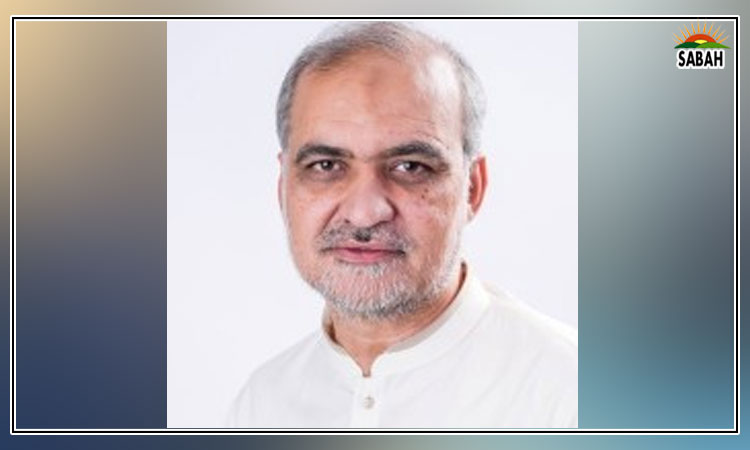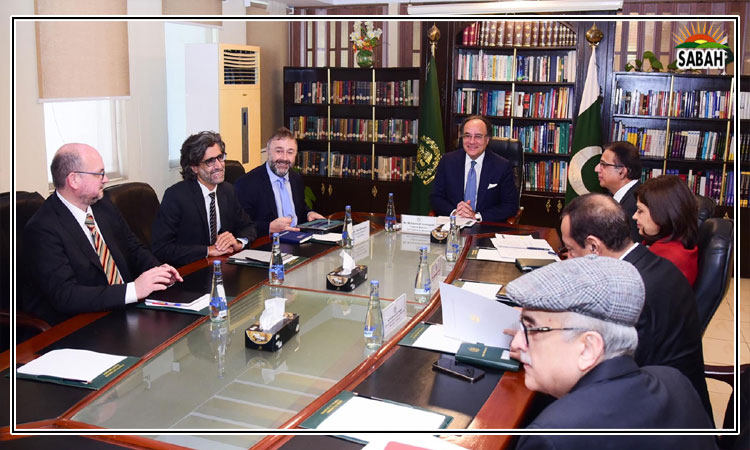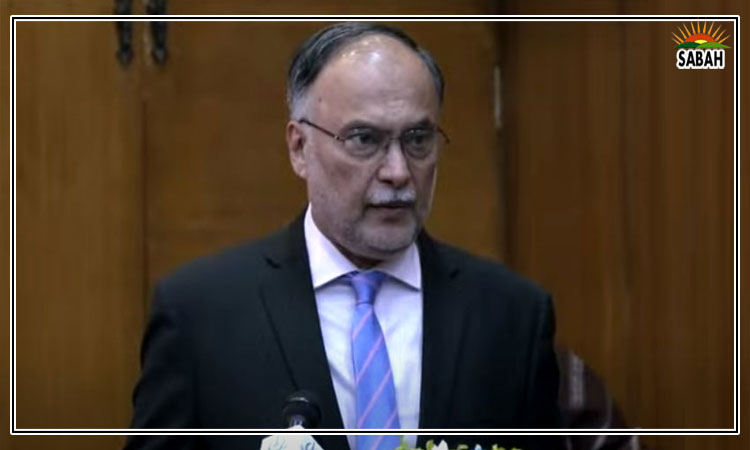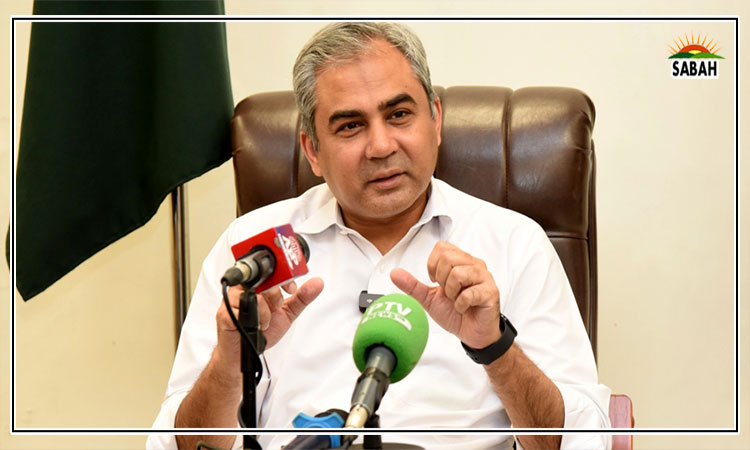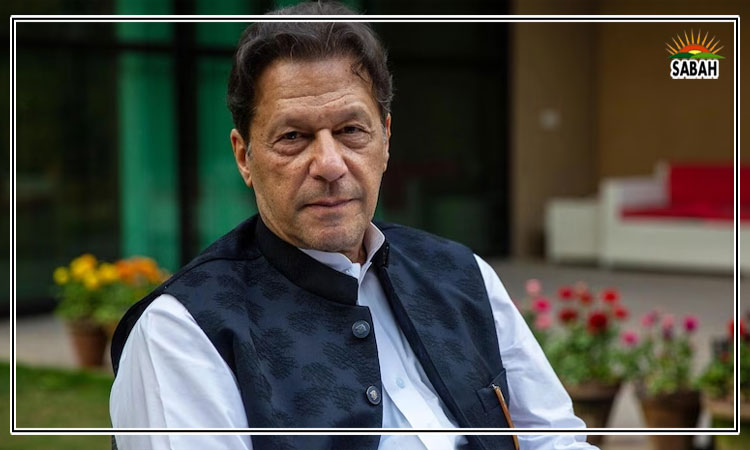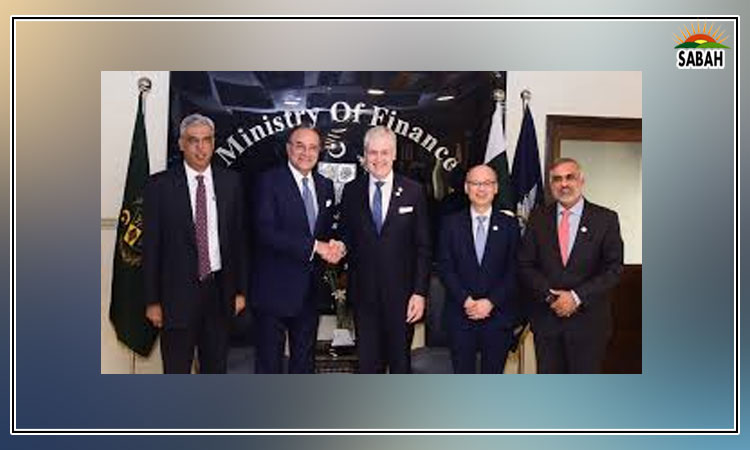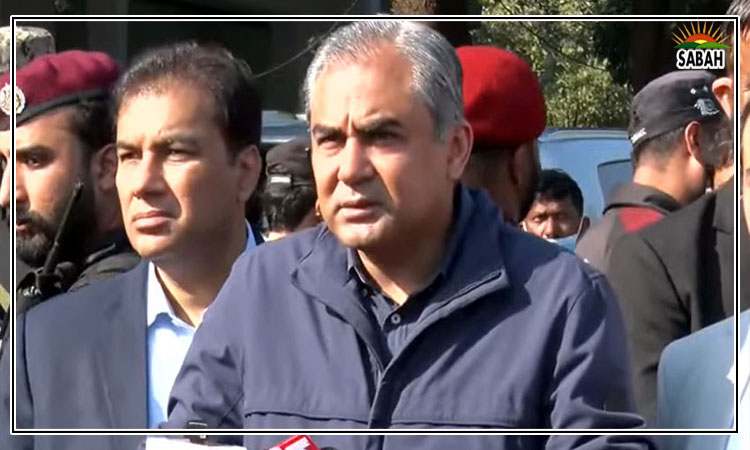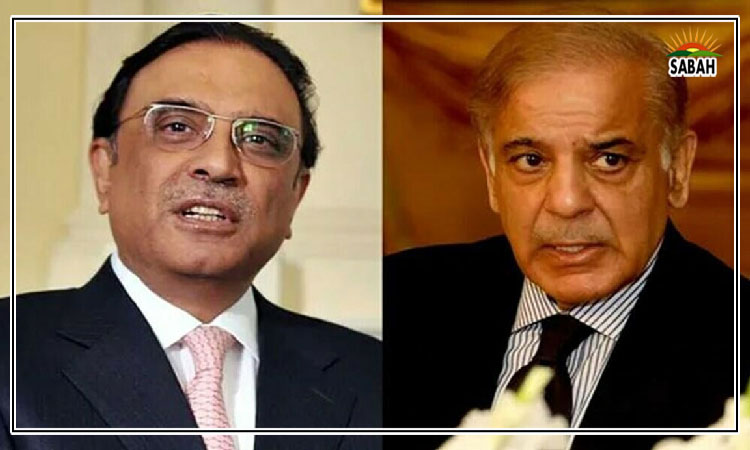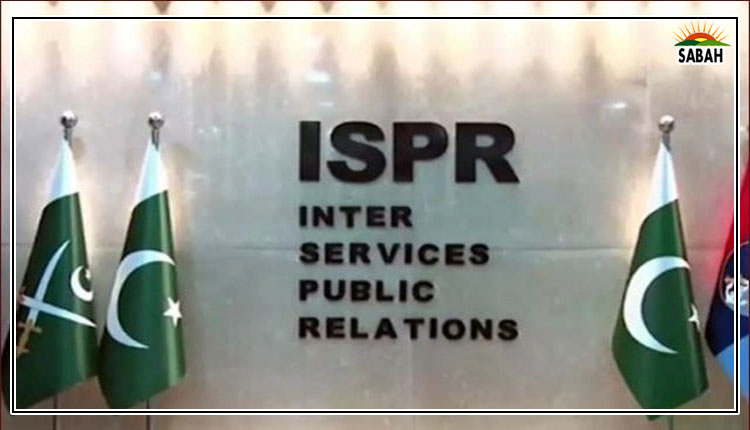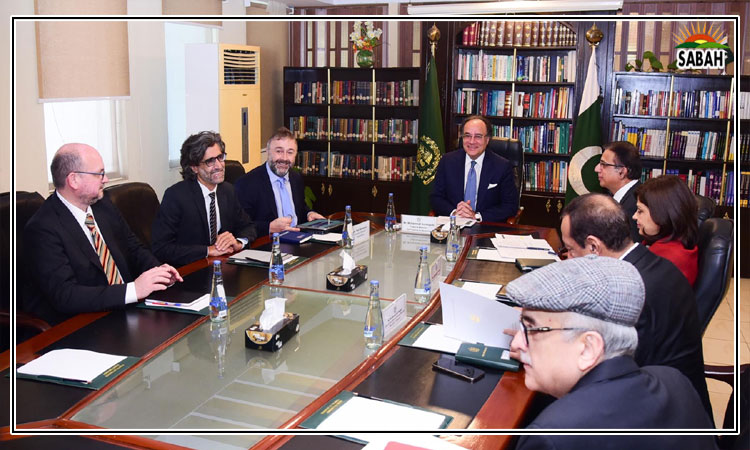The Xiaoping model…Hassan Baig
Pakistan is passing through difficult and unprecedented times. We are facing enormous difficulties with a clear lack of resources, overpopulation, widespread poverty, a huge debt burden, no savings, an uncompetitive industry, abundant raw labour, lack of technology and a political crisis.
This was the situation China faced in 1949-1976 (the Maoist period), but then came visionary leader and statesman Deng Xiaoping in 1978, who literally changed everything for good in China. Pakistan needs a leader of the quality and caliber of Xiaoping to transform the country and society.
The architect of modern China is Deng Xiaoping. What he did was a departure from past policies to introduce a new set of indigenous policies most suitable for China, especially introducing business reforms by accommodating the private sector in the development process. He brought a new Chinese economic development model by introducing market-economy reforms that proved to be a great leap forward for China. Pakistan also needs a dynamic visionary leadership like Xiaoping to introduce new economic reforms most suitable for its development, as we see a continuous and perpetual downslide of our economy due to a wrong set of policies and priorities.
China initially targeted four priority sectors agriculture, industry, defense, science and technology as part of modernization to improve uplift the economy. Pakistan also needs to initially focus on these sectors to transform and revolutionize its economy. Unlike China in the early 1970s, Pakistan already has a public-private partnership model to develop and grow.
That model must be utilized in a more coherent and consistent way as part of its policy paradigm. That would lay a strong foundation to get robust economic growth to get rid of poverty and the heavy burden of debts and loans. It would also pave the way to enhance exports with a lot of investment in these sectors. Initially, the opportunity can be materialized with the help and support of China (through CPEC) and Middle Eastern countries like Saudi Arabia, UAE and Qatar, which are showing an interest in investing in these sectors. That needs to be capitalized.
First of all, lets take up the issue of agricultural modernization that needs to be prioritized as a step towards corporate farming. The armed forces have already taken up a project to cultivate barren government lands in far-flung areas to convert them for corporate farming. Friendly Middle Eastern countries including Saudi Arabia and the UAE have also expressed an interest in taking up the green project of agriculture farming if they are provided land on certain terms and conditions. The US-Pak Green Alliance is all-out for supporting agriculture innovation as part of its climate advocacy project. The second phase of CPEC also indicates agriculture as a lifeline project for a sustainable Pakistan, providing livelihood for rural communities.
Phase 2 of CPEC has brought a message, as conveyed by Chinas Vice Premier He Lifengs recent visit, heralding cooperation in the field of agriculture, rural revitalization and green development. Pakistan can achieve prosperity and development through an inclusive growth model by investing more into the agriculture sector for rural communities.
The message from Chinese President Xi Jinping is a great hope for a sustainable and developed Pakistan through the opportunities provided by CPECs Phase 2. It is, in fact, poised to provide an immediate opportunity to address the pressing needs of the country, further paving the way to long-term development. The transfer of technology through the second phase of CPEC will go a long way in achieving self-sustainability in the field of modern agriculture farming.
The second most strategic priority to transform the countrys economic development, as prioritized by China in the late 1970s, should be industry and industrial development. Chinese policymakers smartly converted the idea into the creation of industrial clusters like the one incorporated in CPEC to develop Special Economic Zones (SEZs). The modern concept of one-window operation and start-ups are part of the concept of industrial clusters and, in the case of Pakistan, SEZs to help fast develop industry.
CPECs Phase 2 promises to help develop industrial clusters in Pakistan with the support of modern agriculture that will boost exports to earn foreign exchange. Investment in industry to modernize it at a faster pace needs enhanced security for investors, which requires immediate action by the government to improve the worsening security situation in Pakistan.
We also need to increase exports to more than $100 billion within five years, and that is only possible if we heavily invest in industries producing competitive goods and services.
Defence and defence production is another area where China invested a lot to achieve security and stability, making its defence impregnable. Pakistan, being a nuclear power, has reasonably achieved the targets of self-defence and can further contribute defence production. Pakistan has the capacity and capability to go for defence production if investment is made in this sector. There is an immediate need to lure investment in defence production for economic growth and prosperity.
Finally, there is an immediate need to go all out for heavy investment in the field of science and technology. Pakistan lamentingly allocated only Rs5.5 billion for the current financial year for science and technology, most of which will be spent on employees salaries. This shows just how little or none priority is attached to this important sector of the economy. How can Pakistan progress in such a dismal situation of R&D in the field of science and technology? There is an immediate need for at least 5-6 per cent of GDP to be allocated for science and technology. Only then can we achieve our ambitious goals of high economic growth and development.
If not, theres no use to even think of any growth strategy and policy initiative to get GDP growth of 8-10 per cent, which is required to get rid of loans as well as poverty. The debt trap can only be tackled by high economic growth, which can only be achieved through big spending on R&D in science and technology.
The Chinese economic development model introduced by the great Deng Xiaoping in the late 1970s is, in fact, a great guide for developing countries like Pakistan. But one of the most important factors was a stable political system in China. That provides a conducive atmosphere, facilitating investment for economic development.
A stable political system is important, missing in the case of Pakistan. A fragile economy cannot afford a politically weak, polarized, and fragmented society, which is detrimental and disastrous for economic growth and development. Pakistan immediately needs to go for elections to put in place a stable political government to achieve the target of high economic growth and development. All the four priority areas and sectors of the economy discussed in this article are important to follow as a first step to achieve the aim of high GDP growth and economic development.
Courtesy The News


